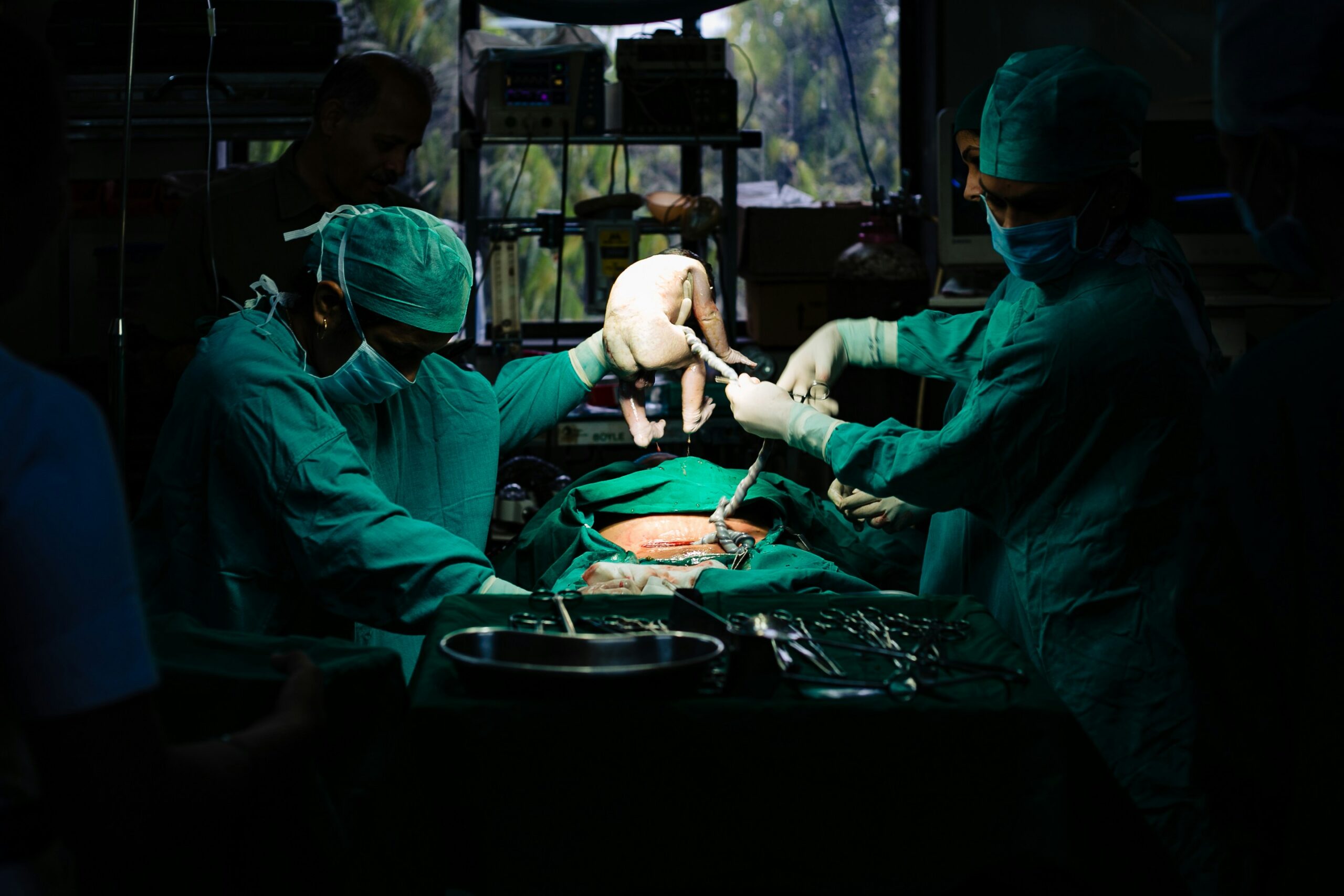
The Historical Landscape and Changing Dynamics
For much of modern medical history, cardiothoracic surgery was perceived as an almost exclusively male domain. The field, demanding grueling hours, immense physical stamina, and a high degree of technical skill, deterred many women who might otherwise have pursued this surgical specialty. Institutional bias, societal expectations, and lack of visible female mentors compounded the barriers.
However, over the past several decades, the medical profession has witnessed significant transformation. The number of women enrolling in medical schools has steadily increased, and with it, more women have begun carving out spaces in historically male-dominated surgical specialties, including cardiothoracic surgery. These pioneers are reshaping the profession, bringing diverse perspectives and inspiring future generations to follow in their footsteps.
Challenges Faced by Women in Cardiothoracic Surgery
Despite growing representation, women in cardiothoracic surgery continue to encounter unique challenges. One significant hurdle is the persistent gender bias that lingers within surgical departments. Subtle assumptions about women’s capabilities, commitment, or resilience still influence hiring, mentorship, and promotional opportunities. Women are often evaluated more critically and expected to prove themselves beyond the baseline standards applied to their male colleagues.
Work-life balance poses another challenge. Cardiothoracic surgery is notorious for its long, unpredictable hours and high emotional toll. Female surgeons often navigate additional social expectations, such as family responsibilities and caregiving roles, which can compound stress and affect career progression. Many women delay or reconsider starting families due to concerns about the impact on training, clinical performance, and long-term career advancement.
Moreover, the physical demands of surgery—such as standing for long hours or handling heavy instruments—have sometimes been used as arguments against women entering the specialty. Yet numerous female surgeons have repeatedly demonstrated that skill, technique, and endurance are not gender-dependent traits.
Progress and Role Models Shaping the Future
Despite the obstacles, women have made significant strides in cardiothoracic surgery. Trailblazers such as Dr. Nina Starr Braunwald, one of the first women to perform open-heart surgery and develop artificial heart valves, paved the way for future female surgeons. Dr. Margaret F. Reynolds, another prominent figure, broke barriers as a leader in the Society of Thoracic Surgeons and as an advocate for women in the profession.
Organizations like Women in Thoracic Surgery (WTS) have been instrumental in fostering community, mentorship, and professional development for women in the field. Through networking events, scholarships, and leadership training, WTS has helped bridge the gap between established surgeons and early-career professionals. These resources not only support women in overcoming career barriers but also emphasize the importance of maintaining personal well-being and balance.
Moreover, the increasing visibility of women in leading academic and hospital roles has begun to reshape perceptions. Seeing women successfully perform complex surgeries, lead research initiatives, and occupy influential leadership positions offers tangible proof that gender does not limit excellence in this demanding specialty.
The Impact of Diversity on Patient Care and Innovation
Beyond matters of representation and equity, the growing presence of women in cardiothoracic surgery has broader implications for patient care and the field’s evolution. Diverse teams bring varied perspectives, enhancing problem-solving and innovation. Studies have shown that diverse surgical teams often achieve better patient outcomes, as differing viewpoints foster more thorough decision-making and reduce blind spots in care planning.
Women in cardiothoracic surgery often contribute unique insights into patient communication, empathy, and holistic care. While these traits are certainly not exclusive to women, their integration into a traditionally technical and procedure-focused specialty has enriched the discipline. Female surgeons frequently serve as powerful advocates for patient-centered care, ensuring that clinical decisions consider patients’ emotional and social needs alongside medical factors.
In research, women have increasingly contributed to advancements in surgical techniques, medical devices, and perioperative care. Their perspectives help identify areas that may have been previously overlooked, such as sex-based differences in surgical outcomes or the specific needs of female patients undergoing cardiac surgery. This focus has led to more tailored approaches to treatment, ultimately improving patient experiences and long-term health.
Looking Toward a More Inclusive Future
The journey toward full gender equity in cardiothoracic surgery is far from complete. While progress has been made, there remains work to dismantle systemic biases, ensure equitable access to leadership roles, and create workplace cultures that support both professional excellence and personal well-being.
Medical schools and surgical training programs are increasingly recognizing the importance of supporting women through mentorship, flexible scheduling, and family-friendly policies. These changes are vital for retaining talented surgeons and fostering an environment where all professionals can thrive.
Moreover, as the culture of medicine continues to evolve, conversations about diversity, equity, and inclusion are gaining traction. Men and women alike are becoming allies in promoting equity, recognizing that a diverse surgical workforce benefits not just the profession but patients and society as a whole.
For young women considering cardiothoracic surgery today, the landscape, while still challenging, is significantly more welcoming than it was just a generation ago. Role models abound, networks exist to offer support, and the narrative around who belongs in the operating room is shifting.
Ultimately, the growing presence of women in cardiothoracic surgery signals not only progress in gender equity but also a brighter, more innovative future for the field. These surgeons are proving that passion, talent, and dedication—not gender—define a successful career in one of medicine’s most complex and rewarding specialties.